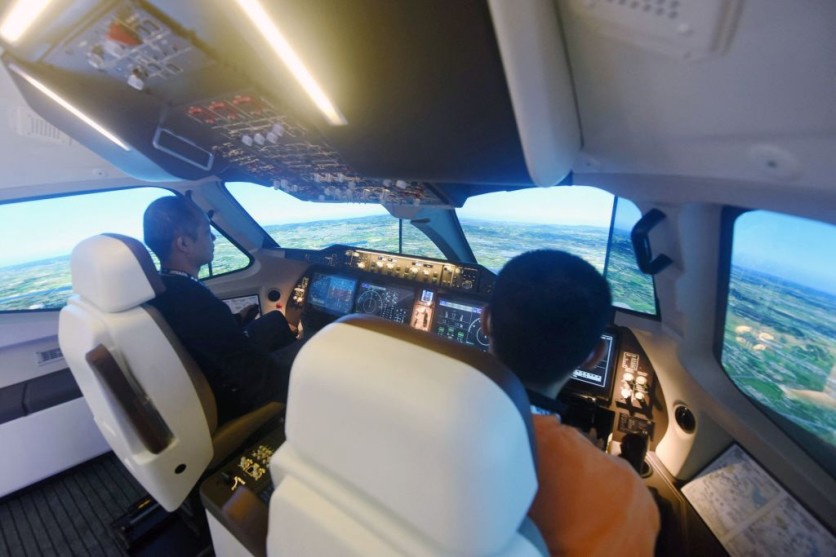MIT's Computer Science and Artificial Intelligence Laboratory (CSAIL) has unveiled a groundbreaking development in aviation safety with the introduction of the Air-Guardian system.
This new tech aims to enhance aviation safety by making a symbiotic relationship between human pilots and machine precision. The system's primary focus lies in understanding and utilizing human and neural attention, MIT News reported.

All About Air-Guardian
Air-Guardian employs sophisticated techniques to determine attention. It reportedly utilizes an eye-tracking system to track where a human pilot looks, allowing the program to better understand the pilot's focus.
It also relies on "saliency maps" to pinpoint focus areas. These saliency maps act as visual guides, highlighting crucial regions within an image aiding in comprehension and interpretation of complex algorithms.
Unlike traditional autopilot systems that intervene only in the case of safety breaches, Air-Guardian identifies early signs of potential risks through these attention markers.
The broader implications of this technology are far-reaching and extend beyond aviation. According to the team, similar cooperative control mechanisms could find applications in various fields, including automotive, drone technology, and a broader spectrum of robotics.
"This system represents the innovative approach of human-centric AI-enabled aviation," said Ramin Hasani, MIT CSAIL research affiliate and inventor of liquid neural networks.
"Our use of liquid neural networks provides a dynamic, adaptive approach, ensuring that the AI doesn't merely replace human judgment but complements it, leading to enhanced safety and collaboration in the skies," Hasani added.
At the heart of Air-Guardian is its foundational technology, which incorporates an optimization-based cooperative layer and liquid closed-form continuous-time neural networks.
These elements work in tandem to analyze incoming images for vital information. The VisualBackProp algorithm further complements this by identifying the system's focal points within an image, promising a clear understanding of its attention maps.
Read Also : PIGINet: MIT's New AI to Enhance Robots' Planning, Problem Solving, and MORE by as much as 80 Percent
Synergy Between Human and Machine Learning
While Air-Guardian represents a significant leap forward in aviation safety, there remains a need for further refinement in the human-machine interface. Feedback suggests that a more intuitive indicator, such as a bar, could signify when the guardian system takes control.
"The Air-Guardian system highlights the synergy between human expertise and machine learning, furthering the objective of using machine learning to augment pilots in challenging scenarios and reduce operational errors," said Daniela Rus, the Andrew (1956) and Erna Viterbi Professor of Electrical Engineering and Computer Science at MIT, director of CSAIL, and senior author on the paper.
This research received partial funding from several sources, including the US Air Force Research Laboratory, the USAF Artificial Intelligence Accelerator, the Boeing Co., and the Office of Naval Research.
Related Article : MIT Mini Cheetah Robot Speed Enhancement Made Possible, Thanks to New Simulation Training-Similar to 'Matrix?'

ⓒ 2026 TECHTIMES.com All rights reserved. Do not reproduce without permission.




